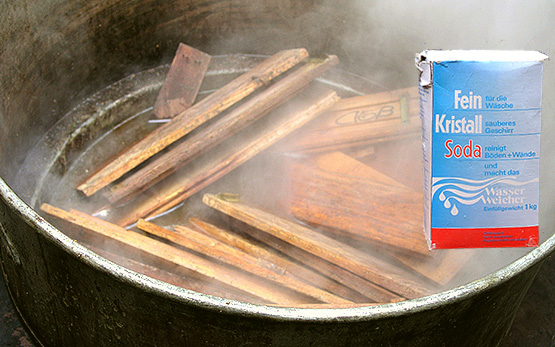Marini L., Gazzea E., Albrecht M., Baldi A., Batary P., Bartomeus I., Bommarco R., Bruun H. H., Capellari A., Cole L. J., Craioveanu C., Decocq D., Demeter I., Diekmann M., Gallé R. und weitere
Using total abundance as a proxy for wild bee species richness: A practical tool for non-experts.
Journal of Applied Ecology, In Press, 2025.
Maurer C., Schauer A., Yañez O., Neumann P., Gajda A., Paxton R. J., Pellisier L., Schweiger O., Szentgyörgyi H., Vanbergen A. J., Albrecht M.
Species traits, landscape quality and floral resource overlap with honeybees determine virus transmission in plant-pollinator networks.
Nature Ecology & Evolution, 8, 2024, 2239-2251.
Ortego J., Albrecht M., Báldi A., Bilde T., Bek Craig S. B., Herrera J. M., Hood A. S. C., Kleijn D., Maurer C., Molina F. P., Öckinger E., Potts S. G., Settepani V., Thomsen P. F., Trillo M. und weitere
Seminatural areas act as reservoirs of genetic diversity for crop pollinators and natural enemies across Europe.
Conservation Science and Practice, 6, (5), 2024, 1-16.
Maurer C., Martínez-Núñez C., Dominik C., Heuschele J., Liu Y., Neumann P., Paxton R. J., Pellissier L., Proesmans W., Schweiger O., Szentgyörgyi H., Vanbergen A., Albrecht M.
Landscape simplification leads to loss of plant–pollinator interaction diversity and flower visitation frequency despite buffering by abundant generalist pollinators.
Diversity and Distributions, 30, (9), 2024, Artikel e13853.
Martinez-Nuñez C., Gossner M., Maurer C., Neff F., Obrist M., Moretti M., Bollmann K., Herzog F., Knop E., Luka H., Cahenzli F., Albrecht M.
Land‐use change in the past 40 years explains shifts in arthropod community traits.
Journal of Animal Ecology, 93, (5), 2024, 540-553.
Proesmans. W., Felten E., Laurent E., Albrecht M., Nathan C., Labonté A., Maurer C., Paxton R., Schweiger O., Szentgyörgyi H., Vanbergen A.
Urbanisation and agricultural intensification modulate plant–pollinator network structure and robustness.
Functional Ecology, 38, (3), 2024, 628-641.
Maurer C., Sutter L., Martinez Nunez C., Pellissier L., Albrecht M.
Different types of semi-natural habitat are required to sustain diverse wild bee communities across agricultural landscapes.
Journal of Applied Ecology, online, (2 August), 2022, 1-12.
Guyer A., van Doan C., Maurer C., Machado R. A. R., Mateo P., Steinauer K., Kesner L., Hoch G., Kahmen A., Erb M., Robert C. A. M.
Climate change modulates multitrophic interactions between maize, a root herbivore, and its enemies.
Journal of Chemical Ecology, 47, 2021, 889-906.







